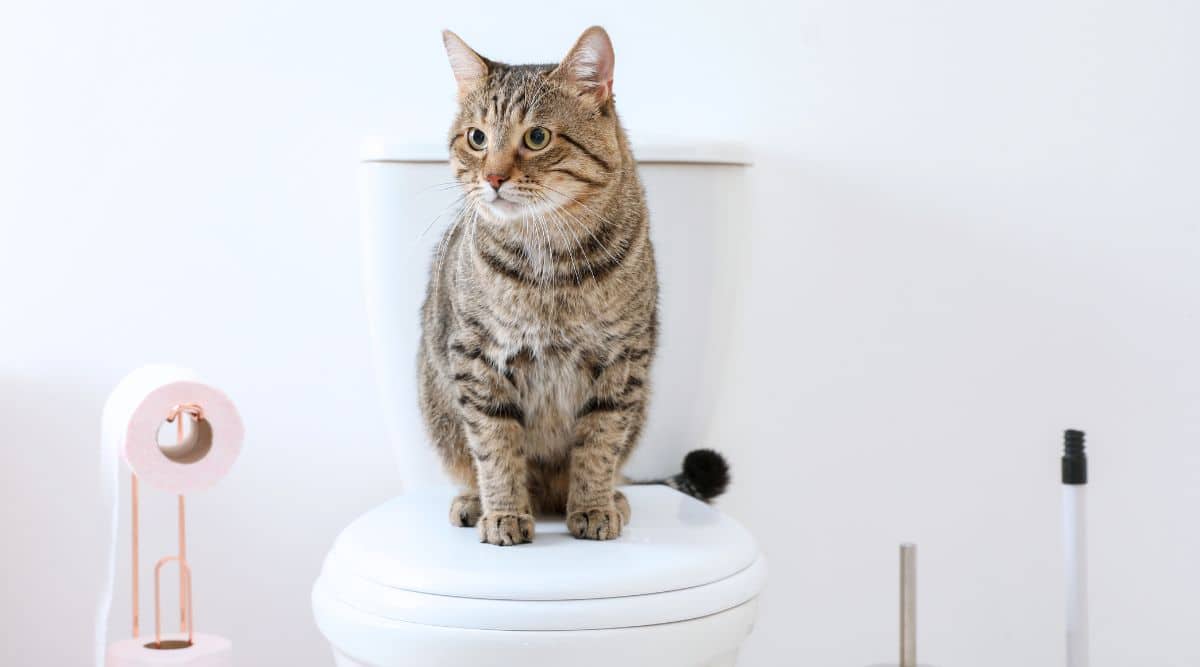Why Flushing Cat Poop Down Your Toilet Isn't a Good Idea - Advice for Proper Handling
Or Book Technician HereListed here down the page you'll find a bunch of incredibly good additional info in regards to How to Dispose of Cat Poop and Litter Without Plastic Bags.

Intro
As pet cat owners, it's important to bear in mind exactly how we dispose of our feline friends' waste. While it may appear hassle-free to purge feline poop down the toilet, this practice can have damaging repercussions for both the environment and human health.
Alternatives to Flushing
Fortunately, there are safer and much more responsible methods to take care of feline poop. Take into consideration the adhering to options:
1. Scoop and Dispose in Trash
The most common approach of disposing of pet cat poop is to scoop it into a biodegradable bag and toss it in the trash. Make certain to utilize a dedicated clutter scoop and take care of the waste quickly.
2. Usage Biodegradable Litter
Choose eco-friendly cat trash made from products such as corn or wheat. These litters are eco-friendly and can be securely gotten rid of in the garbage.
3. Hide in the Yard
If you have a yard, think about hiding pet cat waste in a marked area away from veggie yards and water resources. Be sure to dig deep sufficient to avoid contamination of groundwater.
4. Mount a Pet Waste Disposal System
Invest in a family pet waste disposal system particularly created for pet cat waste. These systems make use of enzymes to break down the waste, reducing smell and ecological influence.
Health and wellness Risks
In addition to environmental issues, flushing pet cat waste can additionally position wellness risks to humans. Feline feces might have Toxoplasma gondii, a bloodsucker that can create toxoplasmosis-- a potentially serious illness, specifically for expecting females and people with weakened immune systems.
Environmental Impact
Purging feline poop presents harmful virus and parasites right into the water, presenting a considerable threat to marine environments. These contaminants can adversely impact aquatic life and compromise water quality.
Final thought
Accountable family pet possession expands past supplying food and sanctuary-- it likewise includes appropriate waste management. By refraining from purging pet cat poop down the toilet and opting for alternative disposal approaches, we can decrease our ecological footprint and protect human health and wellness.
Why Can’t I Flush Cat Poop?
It Spreads a Parasite
Cats are frequently infected with a parasite called toxoplasma gondii. The parasite causes an infection called toxoplasmosis. It is usually harmless to cats. The parasite only uses cat poop as a host for its eggs. Otherwise, the cat’s immune system usually keeps the infection at low enough levels to maintain its own health. But it does not stop the develop of eggs. These eggs are tiny and surprisingly tough. They may survive for a year before they begin to grow. But that’s the problem.
Our wastewater system is not designed to deal with toxoplasmosis eggs. Instead, most eggs will flush from your toilet into sewers and wastewater management plants. After the sewage is treated for many other harmful things in it, it is typically released into local rivers, lakes, or oceans. Here, the toxoplasmosis eggs can find new hosts, including starfish, crabs, otters, and many other wildlife. For many, this is a significant risk to their health. Toxoplasmosis can also end up infecting water sources that are important for agriculture, which means our deer, pigs, and sheep can get infected too.
Is There Risk to Humans?
There can be a risk to human life from flushing cat poop down the toilet. If you do so, the parasites from your cat’s poop can end up in shellfish, game animals, or livestock. If this meat is then served raw or undercooked, the people who eat it can get sick.
In fact, according to the CDC, 40 million people in the United States are infected with toxoplasma gondii. They get it from exposure to infected seafood, or from some kind of cat poop contamination, like drinking from a stream that is contaminated or touching anything that has come into contact with cat poop. That includes just cleaning a cat litter box.
Most people who get infected with these parasites will not develop any symptoms. However, for pregnant women or for those with compromised immune systems, the parasite can cause severe health problems.
How to Handle Cat Poop
The best way to handle cat poop is actually to clean the box more often. The eggs that the parasite sheds will not become active until one to five days after the cat poops. That means that if you clean daily, you’re much less likely to come into direct contact with infectious eggs.
That said, always dispose of cat poop in the garbage and not down the toilet. Wash your hands before and after you clean the litter box, and bring the bag of poop right outside to your garbage bins.
https://trenchlesssolutionsusa.com/why-cant-i-flush-cat-poop/

Hopefully you enjoyed reading our section on How to Dispose of Cat Poop and Litter Without Plastic Bags. Thank you so much for finding the time to read through our blog. Remember to set aside a second to share this article if you enjoyed reading it. Thanks so much for your time invested reading it.
Click Here